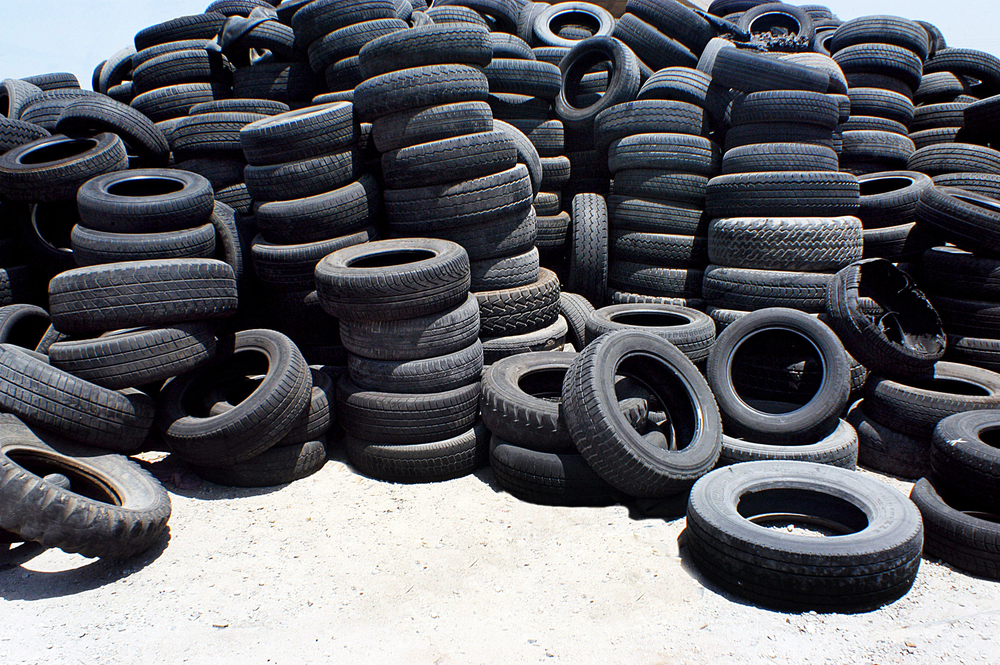
Where do tyre materials come from?Where do tyre materials come from?
The modern tyre is a complex product, the result of extensive engineering and material science advancements. It’s composed of various materials, each contributing unique properties that enhance the tyre’s performance, durability, and safety.

Understanding where these materials come from provides insight into the global nature of tyre manufacturing and the importance of sustainable sourcing practices.
Natural Rubber
Natural rubber is a crucial component of tyre production, offering elasticity and resilience that synthetic materials can’t fully replicate. It’s harvested from the rubber tree (Hevea brasiliensis), primarily grown in Southeast Asia, Africa, and South America. The process involves tapping the tree to collect latex, a milky sap, which is then refined into rubber.
Synthetic Rubber
Synthetic rubber is produced from petroleum byproducts through a polymerization process. It provides enhanced attributes like temperature resistance and durability, which are essential for tyre performance under various driving conditions. The primary sources of synthetic rubber include butadiene and styrene, derived from oil and natural gas.
Carbon Black and Silica
Carbon black is a reinforcing agent that adds strength and durability to tyres, significantly improving their lifespan. It’s produced by the incomplete combustion of heavy petroleum products. Silica, on the other hand, is a mineral that enhances tyre grip, especially on wet surfaces, and is sourced from sand.
Steel
Steel wires form the backbone of a tyre’s structure, known as the bead and belting. They provide rigidity and shape retention, allowing tyres to withstand the forces encountered during driving. The steel used in tyres is typically sourced from recycled materials, aligning with the industry’s move towards sustainability.
Textiles
Fabrics like nylon, polyester, and Kevlar are used in tyres for their carcass and belt construction, offering flexibility, strength, and resistance to mechanical stress and heat. These materials are produced from petrochemicals or natural sources, with a growing emphasis on recycling and renewable sources.
Chemicals and Additives
A variety of chemicals and additives are used in tyre production to enhance performance characteristics such as traction, longevity, and fuel efficiency. These include antioxidants, antiozonants, and vulcanizing agents like sulfur. These chemicals are sourced from the chemical industry, with ongoing research into less harmful and more sustainable alternatives.
Sustainable Sourcing and Recycling
The tyre industry is increasingly focused on sustainable sourcing and recycling. Initiatives to use bio-based materials for rubber production, recycle end-of-life tyres into new products, and develop tyres with reduced environmental impact are gaining momentum. This shift not only reduces reliance on non-renewable resources but also minimizes the environmental footprint of tyre manufacturing.
The journey of tyre materials from their sources to the road underlines the global and interdisciplinary nature of tyre manufacturing. It involves a delicate balance between performance, safety, and sustainability.
Modern Edinburgh tyre technicians are experts in products that have been meticulously designed and refined over the years and are part of a hugely proud tyre industry history.
As the industry evolves, the focus on renewable sources and recycling is set to redefine where tyre materials come from, ensuring a greener future for mobility.